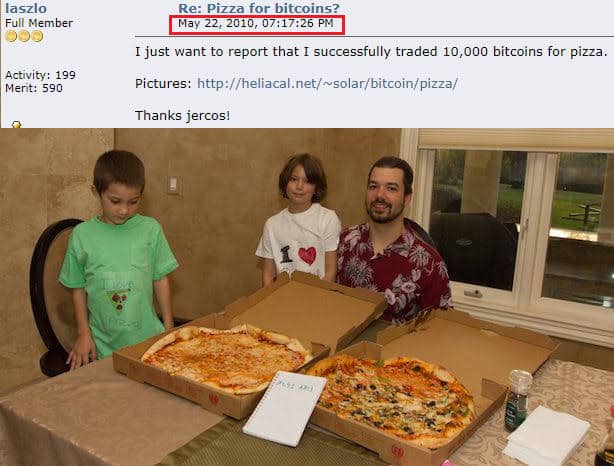If I walk up to a random person, I don’t know much about what they think or how they act. I likely wouldn’t be able to immediately determine who they voted for in the last election, what their favorite color is, or which baseball team they root hardest for.
However, if I was in a room with 100 random people, I could do a lot better on my guessing. Around 50 people would have voted for Joe Biden, around 25 would say that blue is their favorite color, and the vast majority (around here) would say that they root for the Atlanta Braves.
It’s the same with your marketing. Watching the behavior of a single person on your website could be very interesting, but it likely won’t help with decisions. On the other hand, if you look at the data from your last 10,000 visitors, you’re likely to get a very clear picture.
Arthur Conan Doyle famously said:
“You can, for example, never foretell what any man will do, but you can say with precision what an average number will be up to. Individuals vary, but percentages remain constant. So says the statistician.”
This is why we work hard to monitor various marketing tools to get a good idea of how people are using a particular website or social media platform. Tools like scorecards and heatmaps can tell us a lot about how the typical user is interacting with a site, and we can make informed decisions based on that.
If someone has a specific problem interacting with something that we’ve built, we certainly want to unpack that, but our main goal is to make sure everyone is able to make the best use of whatever we put out into the world.


